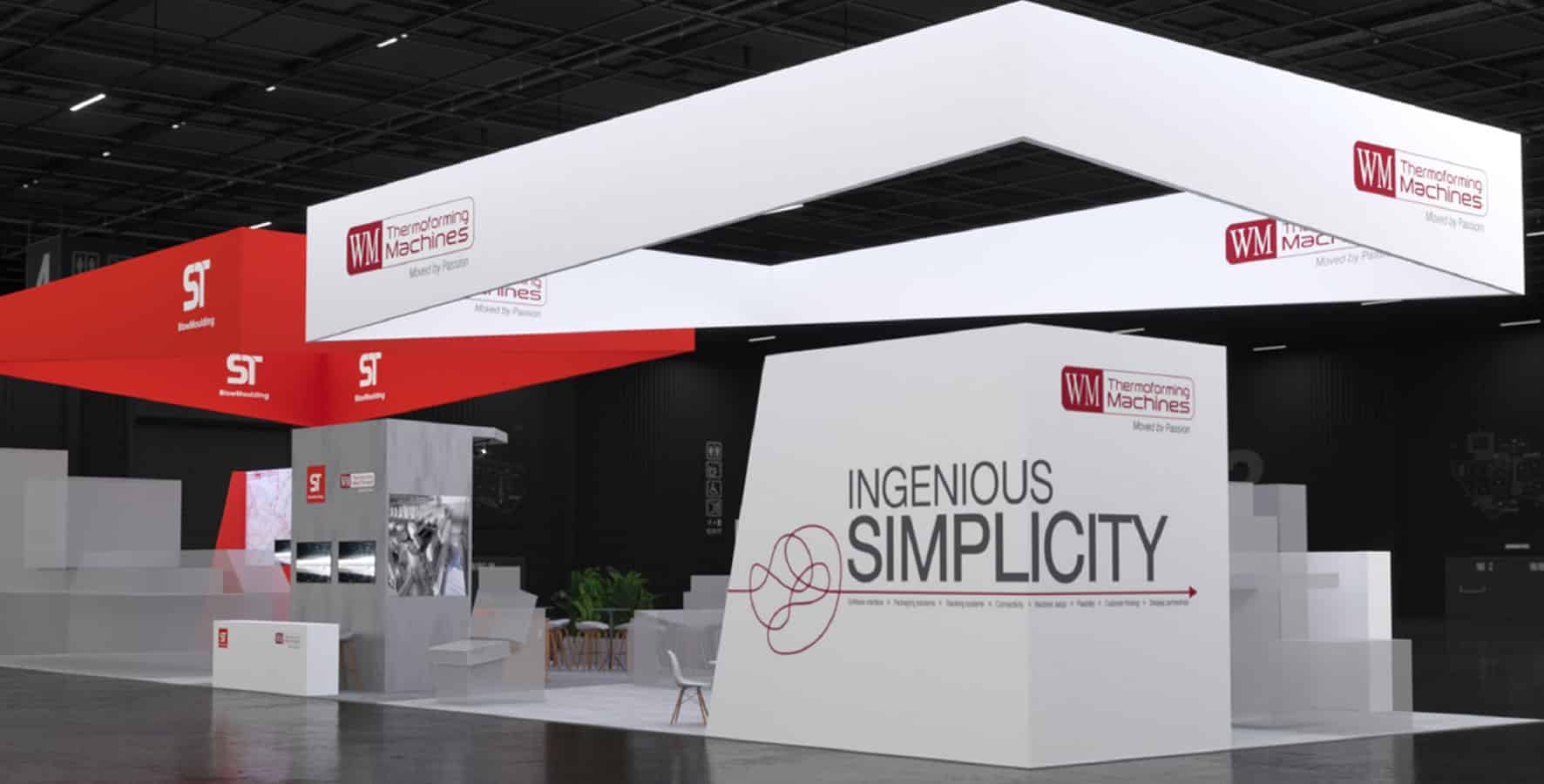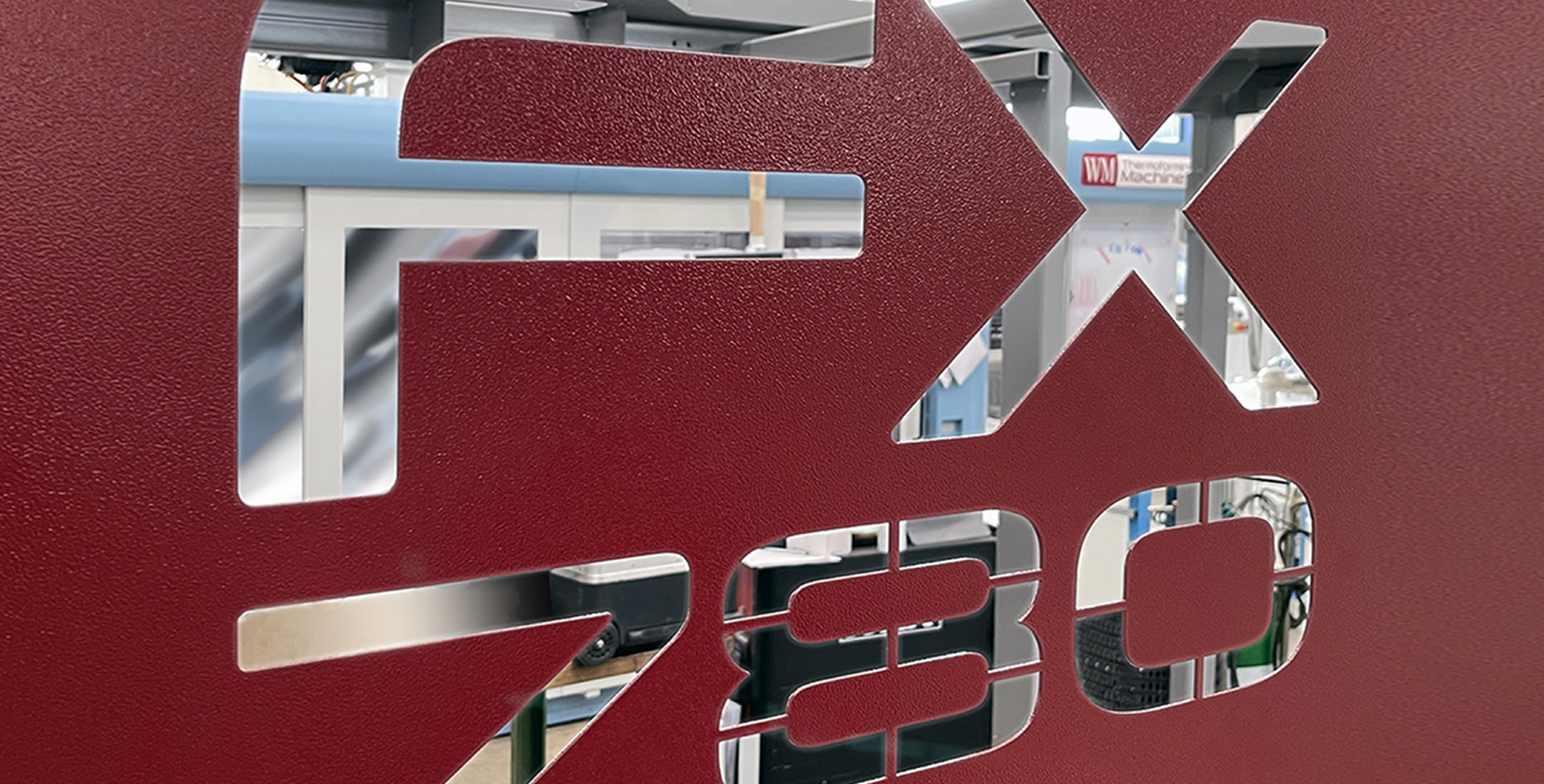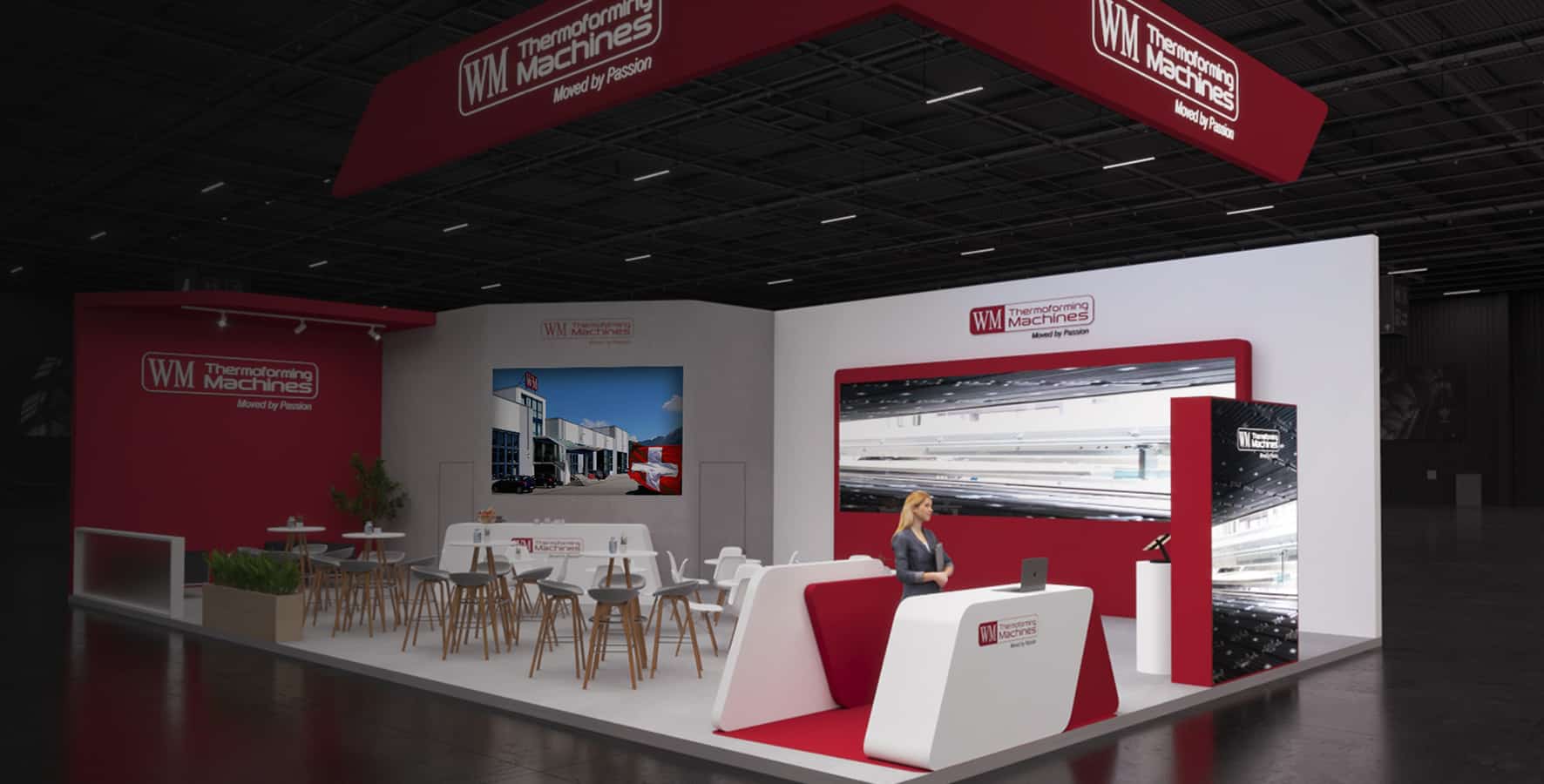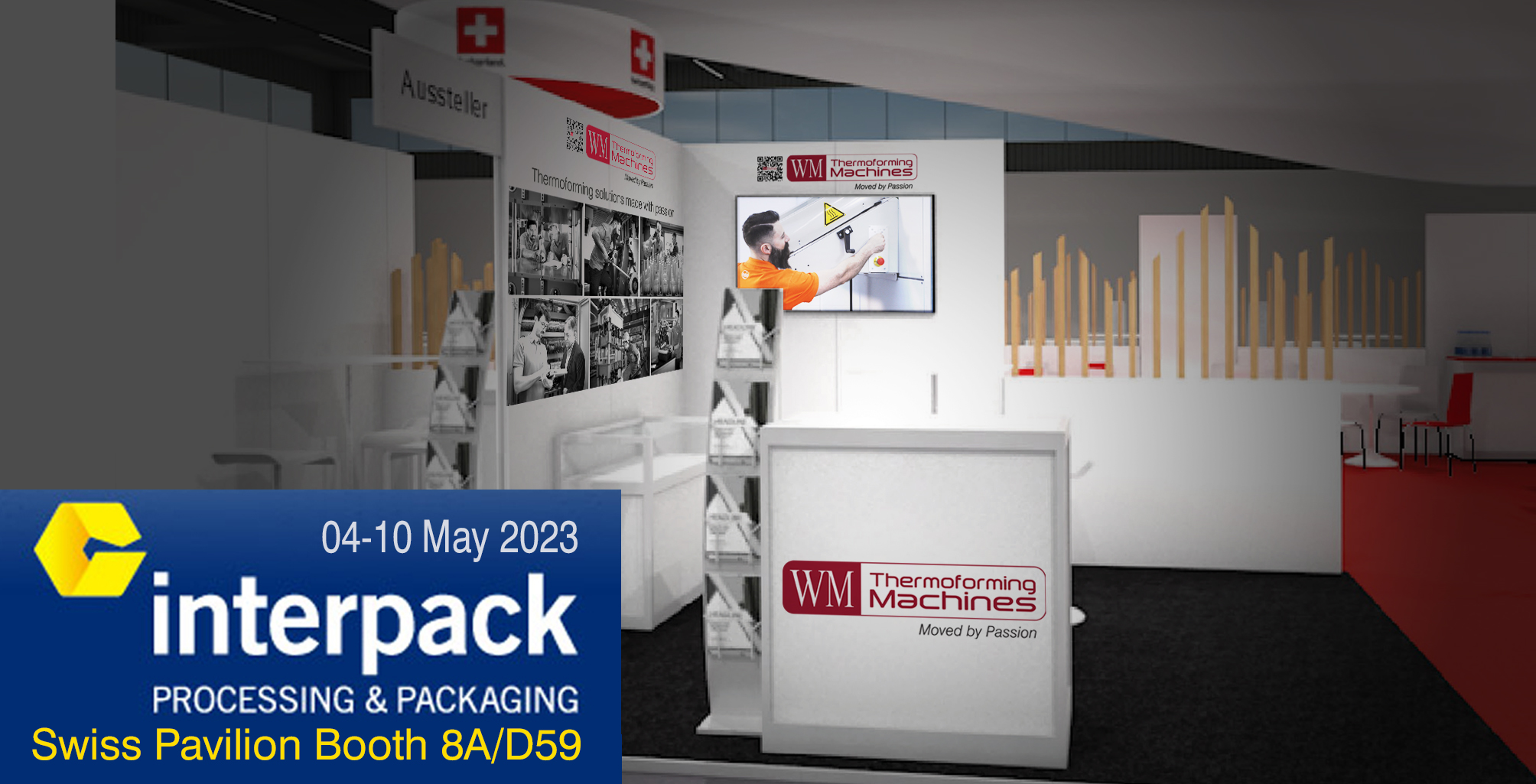One of the most important things in business undoubtedly is to inform on the latest trends of each specific market. The Interpack, which takes place every 3 years, definitely is the right place to collect usefull tips and give a more clear view on the future of packaging. WM Thermoforming Machines has thus taken the chance to join the Swiss Pavillon for the first time. The result was quite unexpected, and the forecast has turned out to be really prosperous.
Suppliers, converters, operators and distributors all together are driving the new trends and shaping the future.
What are the implications for food and beverage packaging?
- Packaging is required to be more eco-friendly and sustainable, resulting in products that can be recycled or composted. In addition, a well-personalized packaging with a unique shapes, sizes and colors will highly differentiate and make the brand more recognizable. As food is becoming the main actor, clear and transparent containers are preferred to show the product inside.
- As for raw materials, there is a greater demand for Polypropylene and PET, also in very thick sheet gaug, as a result of the changing applications in the recent years. The packaging process is steadily facing a growing automation. Machines are becoming more and more automatized and efficient with higher speed and lower pricing demanded by the buyer.
- Big companies are becoming bigger and strategically are buying smaller as well as more specialized vendors converting these companies into one-stop-shops. On the other hand the small companies are becoming fewer and fewer. The foodservice operators are putting efforts in differentiating and adapting themselves to the changing customer requests offering new menus taking into consideration sustainability.
WM Thermoforming Machines is monitoring these trends and is developing new technical solutions to achieve more transparent packaging, tamper-evident solutions and new thermoforming applications replacing the existing injection molding technology through packaging downsizing, flexible machines that are able to adapt to the growing customization of packaging.
Worldwide studies show that the global packaging market is estimating an annual growth rate of 3,5% presenting the following figures; Europa 30%, North America 28%, Asia 27%, Central America 7%, other countries 8%.
Experts say that the packaging market is totaling 36.4 billion US Dollars in 2016 and will surpass the 20 billion US Dollars by the end of 2024.
As for the packaging materials and products, the percentages are: Paper/cardboard/paperboard 36%; Plastics 34%; Metal 17%; Glass 10%; Others 3%.
Main applications are as following:
Food: 38% (US$ 161 billion), Beverages: 18% (US$ 76 billion), Pharmaceutical packaging: 5% (US$ 21 billion), Cosmetics: 3% (US$ 13.3 billion), Others: 36% (US$ 153 billion).
We observe an extremely fast rising demand for packaging in countries such as Brazil where plastic growth rate is just under 40% followed by corrugated cardboard, cardboard and paperboard, and metal.
Globally speaking, the packaging market is paying greater attention to quality, keeping an eye on attractiveness and innovation. Thermoforming, due to its high versatility and very competitive pricing, is therefore becoming a more and more common technology used in the food, beverage, pharmaceutical, electronic and semiconductor sector.
Especially the food industry is accelerating due to the market shift in favor of the global market, giving a huge boost to the food packaging industry, which is in constant research and development (for example new solutions to increase product shelf life, etc…)
Among packaging types, blister packaging has the highest expected growth rate for applications within the pharmaceutical and food sector.
Geographically speaking, the thermoforming market is led by North America with its big retail brands but also Pacific Asia is expected to have an exceptional growth within the next years as a result of the growing incomes for disposables and the changing lifestyles that subsequently generate increasing demand for the food service industry.
“Stay hungry, stay foolish.”







